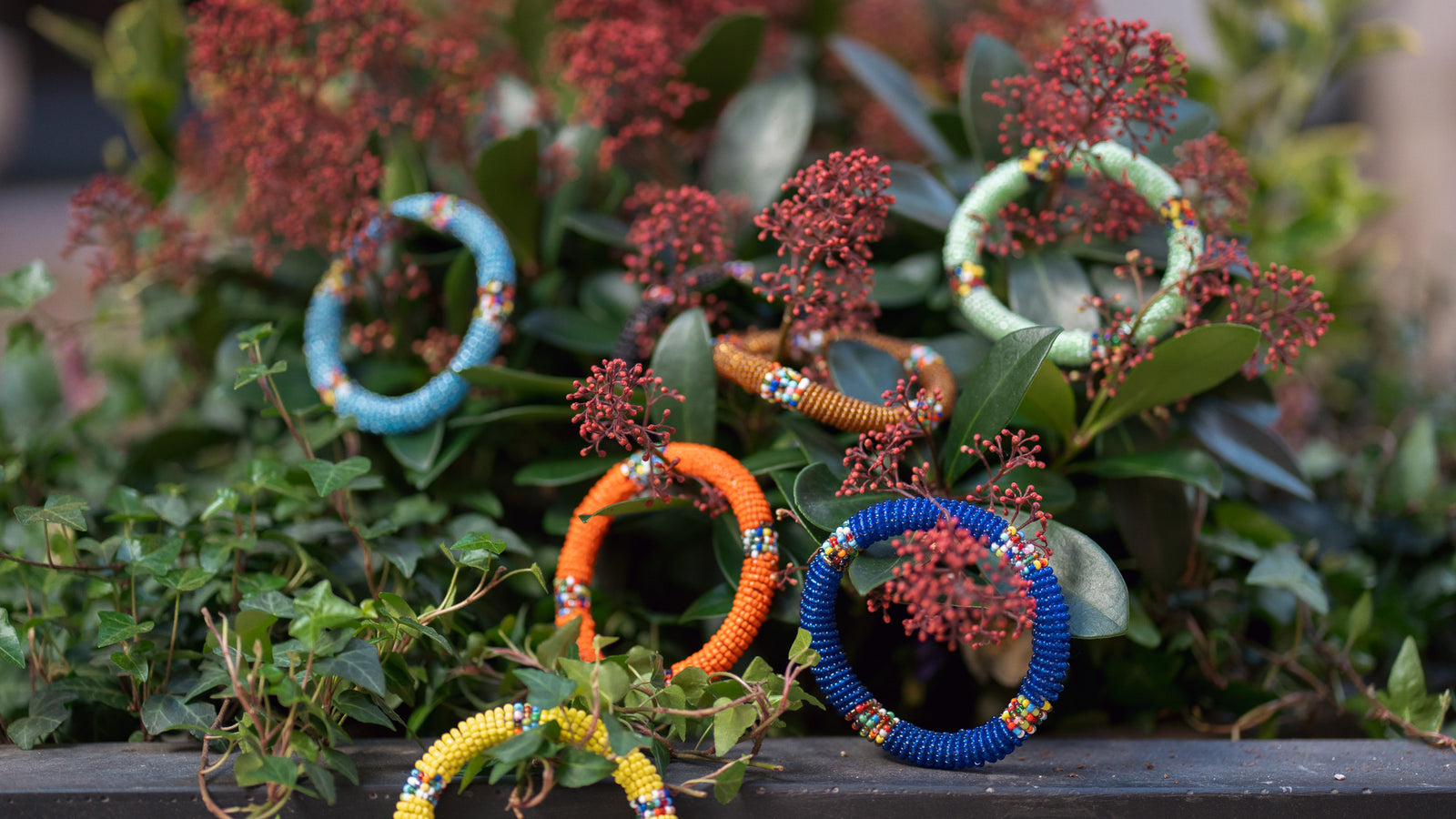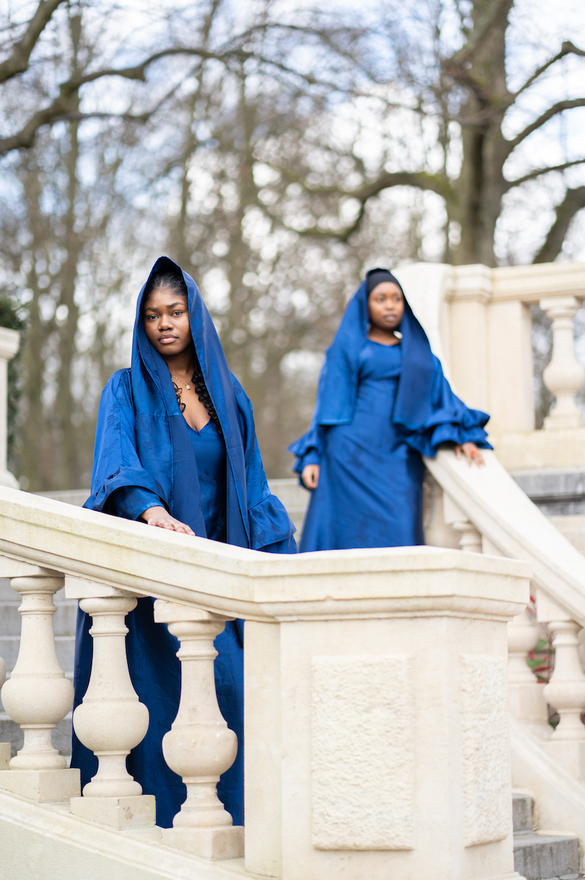WELCOME TO OUR STORE
People who bead together stay together: A story on the Maasai

When you think of Africa and its culture one thing that must come to mind is the vibrant printed clothes and dazzling jewellery Africans wear. Throughout the continent, whether it be in the North or in Sub-Sahara Africa, inhabitants of the continent love to wear cultural masterpieces to showcase the beauty of their tribe/culture.
When travelling through Africa, you will observe a mix of cultures in every country. Astonishingly, what is worn in Kenya, is proudly embraced in Guinea. The Nigerian gele is adored by women throughout Western Africa. And in recent years has become a must have accessory for every bride. The kente cloth in Ghana holds great value and is also celebrated all over Western Africa. In Guinea the leppi is a masterpiece worthy of its name and deserving of being promoted across the globe.
 . (picture from www.AdumuSafaris.com)
. (picture from www.AdumuSafaris.com)
Today, I want to highlight the Maasai people and their beautiful artwork. Maasai, which refers to people speaking maa, is a semi-nomadic and pastoral tribe from Kenyan. The Maasai are generally recognized by the red robes set they wear. Like all African countries, Kenya is home to multiple tribes. Up until the 20th century the Maasai were the dominating tribe in Kenya. This tribe consists of people who have greatly retained their core traditions and lore. The Maasai are brave people who in time have seen their lands taken from them by British settlers. For them, the ideal life consisted of living by their cattle. There are still many Maasai villages in Kenya, however, most of what used to be their land has been converted in farming land, or taken over for government projects.

A beautiful culture from the Maasai involves beading. This is a culture that is passed down from generation to generation. The reason Maasai do this, is because they firmly believe in the importance of preserving one’s culture. They believe that by leaving one’s culture a person becomes a slave. The Maasai beadwork is traditionally done by women. The beads are seen as an amplifier of beauty for women.
It is not surprising that the Maasai excel at beading. There are different types of beads for different occasions. And the colours of the beadworks have different meanings. The meaning of a bead colour may vary depending on the village a person is from. A few common meanings are:

While the Maasai have remained faithful to their traditions and many still live in villages, the Maasai women have embraced their beadwork and transformed it into a source of income. Throughout Kenya, people enjoy the Maasai beads. It is promoted on a local and international level. The Maasai beadwork has become a pride and a great business for the Maasai. Jewelry to adorn yourself with, to embrace your beauty.
With Shop-Hadia we are pleased to be able to partake in promoting the beautiful work of the Maasai by selling the Maasai bracelet.

Pick your favorite color and adorn yourself with these unique masterpieces, because note, every Maasai bracelet is unique and handmade.
Refferences:
Who are the Maasai; retrieved from: https://manyatta.co/blogs/who-are-the-maasai/who-are-the-maasai#:~:text=The%20main%20colours%20used%20in,the%20struggles%20they%20must%20endure.
The Maasai, retrieved from: https://www.survivalinternational.org/tribes/maasai
The Maasai culture and traditions, retrieved from: http://maasaiwilderness.org/maasai/

